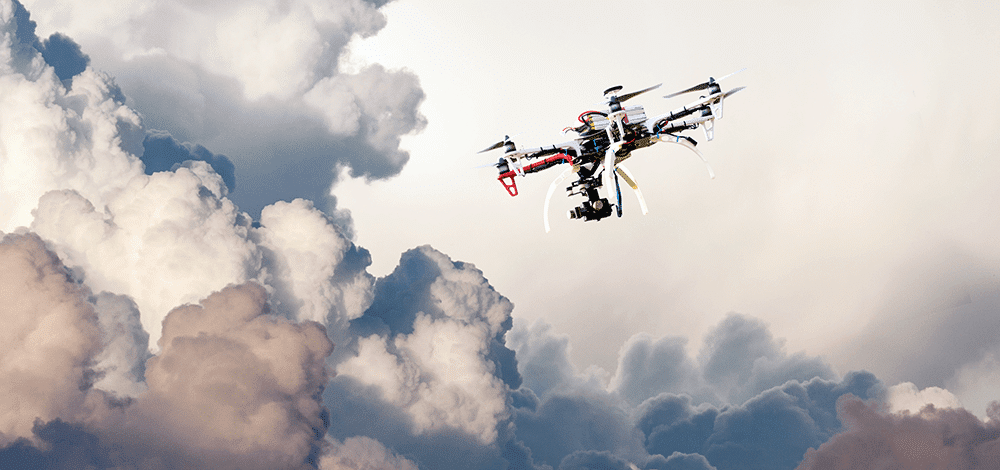Heat Map: Drones Patrol the Extremes for Public Good
Jet airplanes aren’t allowed anywhere near volcanoes, for good reason. Volcanic ash contains sharp glass particles that damage jet engines. Traditional radar technology can’t predict where the ash cloud ends and clear air begins, so scientists are now using special drones to gather and geotag sample ash particles.
Using drones for good not only helps create a safer planet, the technology benefit is far ranging. Innovation for unmanned aerial vehicles (UAVs) allows for forecasting, early warnings and alerts, and fiscal responsibility for government agencies. For example, a remote-controlled drone can be less expensive than the cost of supporting a research plane and crew.
Here are some other examples of drones making a difference:
- Deployment in extreme conditions of temperature and altitude
- Surveying danger zones like forest fires and earthquake zones, instead of placing human lives at risk
- Aerial and underwater assessment by remote camera and sensors, with reliable documentation in areas humans can’t reach by land or water such as search-and-rescue over vast areas of ocean
- Delivering medical supplies and other materiel to hard-to-reach locations
Given the substantial public benefit, what type of storage would you rather have in your drone? These UAV scenarios raise the importance of having reliable and secure components like solid-state drives (SSDs) rather than mechanical hard drives (HDDs).
Drones allow government agencies and scientists access hard-to-reach places, and access to key information we need to make decisions. Since we are unable to be physically present in these places, it is vital that the drone collect as much accurate information as possible (video, photos, sensor-collected environmental data). SSDs can handle the same extremes as the drones. Plus, they they are less likely to break or wear down, or lose valuable data due to NAND flash having no moving parts. Also, self-encrypted SSDs (SEDs) keep data secure even if it falls into the wrong hands.
Although the vast majority of the UAV market is for defense, it is estimated that most growth will come from civil (both public and private) markets. It will be interesting to see how applications, and resulting on-board memory requirements, evolve over time.
Learn how NASA is using drones now to gather data on forest fires, and how drones may soon be used to deliver medicine to rural areas.




